Spring break is a welcome opportunity to rest and recharge. However, it’s also a short break, and right after, it’s time for that last push to the end of the semester. Here are some helpful tips to stay productive over spring break.
1. Make a Schedule
Your first instinct when you start spring break will probably be to shove anything school-related into a corner. But take a look at your calendar and note any exams or assignments that are due the week you return to school, and maybe even the week after. If you need to complete homework or study for an exam, schedule some time over the course of your break to tackle those projects. This will help you avoid stressing the Sunday before school starts again.
2. Catch Up on Hobbies
Spring break is a great time to get back into activities that bring you joy. Read a book for fun, practice drawing, ride your skateboard, go on a hike, or do whatever it is that you love to do. Taking the time to invest in yourself and your interests can help you feel refreshed when it’s time to return to school.
3. Limit Screen Time
It can be tempting to just spend your spring break scrolling on your phone or watching endless amounts of TV. However, this can make you feel irritable, lethargic, and less motivated. Use your schedule to block out time for TV and even social media scrolling, but set a timer to make sure you aren’t spending too much time on your devices.
4. Find Fun Ways To Learn
If you have a big end-of-semester project or paper, use the extra time you have over spring break to research and prepare. Visit a museum related to your project topic, go to a library, or try an at-home science experiment. These can be exciting ways to apply lessons outside of the classroom and make learning more fun.
5. Reflect & Reward Yourself
Take some time to reflect on what you accomplished so far this semester. Reward yourself for your hard work with a special treat or fun day with friends. Use your reward and rest time as motivation to finish the year strong. If you didn’t quite achieve what you wanted to, consider spring break a reset button. Then get ready to start fresh after the break!
During this time off, you might realize you need help to finish the year strong. This is a great time to schedule a session with a tutor that you can meet with when school starts up again. Contact us to learn more or schedule your first session!
See also: Spring Cleaning for Students













